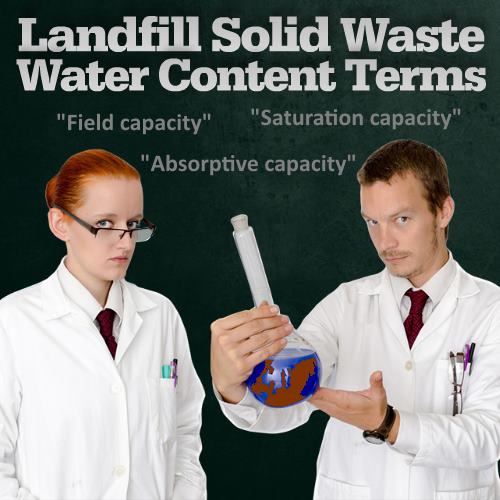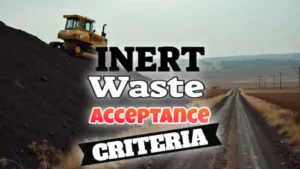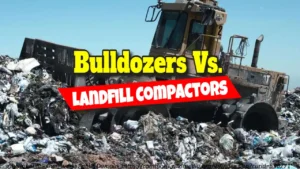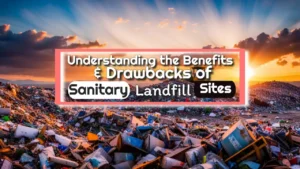 There are 3 very important Water-Content Terms Used in the Landfill Industry for the water balance calculations used to predict leachate volumes generated duiring the active life of a landfill site, and these are:
There are 3 very important Water-Content Terms Used in the Landfill Industry for the water balance calculations used to predict leachate volumes generated duiring the active life of a landfill site, and these are:
Field capacity
Field capacity is the amount of liquid that a given mass of material will absorb prior to downward percolation of that liquid due to gravitational forces. This definition is satisfactory for homogeneous materials such as soils (where the term is more commonly used) and perhaps for municipal waste in landfills. However, it is important to always be aware that with municipal waste, downward percolation invariably occurs before all the field capacity has been utilized. Waste constituents absorb liquid to different degrees, and some channelling also occurs.
To watch this video on the YouTube website follow this link: Field capacity definition definition for Landfill Designers.
Absorptive capacity
Absorptive capacity is a term perhaps more suited to define the volume of liquid a given mass of crude refuse will-absorb prior to significant leachate generation. Field capacity would then be further clarified as being the total amount of liquid absorbed by a given mass of refuse under equilibrium conditions below which downward percolation will not occur.
To watch this video on the YouTube website follow this link: Absorptive capacity definition for Landfill Designers.
Saturation capacity
Saturation capacity is the total volume of liquid a given mass of refuse can hold including void space utilisation. The saturation capacity may not be much higher than either absorptive or field capacities as refuse density increases and because there is evidence that perched water exists (on plastic bags etc., and in areas where blinding of waste by access track materials etc occurs), even before the absorptive capacity is exceeded.
In practise all three types of water holding capacity defined above will vary from site to site and within sites, depending on the type of refuse and depth/density both initially and after subsequent settlement.
To watch this video on the YouTube website follow this link: Saturation capacity for Landfill Designers.
If you want to engage a consultant to advise on landfill leachate generation water balance calculations we may be able to assist you. If so, contact us, using the form provided on our Contact page.
Ramp Method of Waste Disposal – Landfill Guide & Techniques
The ramp method optimizes landfill operations by creating an inclined surface, allowing efficient waste compaction and daily cover application. Unlike traditional methods, it requires minimal excavation, reducing costs and extending landfill lifespan. Proper implementation and equipment maintenance are key to effective ramp method performance in various terrains…
Inert Waste Acceptance Criteria
Inert Waste Disposal and the Requirements for Acceptance Testing The definition of inert waste in the UK, is very restricted by the waste regulations to ensure that when inert waste is disposed to land it will not produce pollution as contaminated groundwater or polluted run-off. This is important as substantial volumes of inert waste remain which […]
Bulldozers Vs Landfill Compactors For The Best Waste Compaction Density
Managing waste at landfills needs proper compaction. Many waste managers struggle to pick between bulldozers and landfill compactors for this job. However, an experienced landfill operator knows that these machines are used best to serve different roles in waste management. Read on because choosing the wrong machine can lead to wasted void space and higher […]
Understanding the Benefits and Drawbacks of Sanitary Landfill Sites
In this article, you will find out about the advantages and disadvantages of sanitary landfills. Deciding on the best way to handle rubbish, is a common challenge, especially in developing nations. Sanitary landfills offer one solution, but they come with pros and cons. This article will help you understand these landfill sites better, including their benefits and drawbacks. Stay […]









